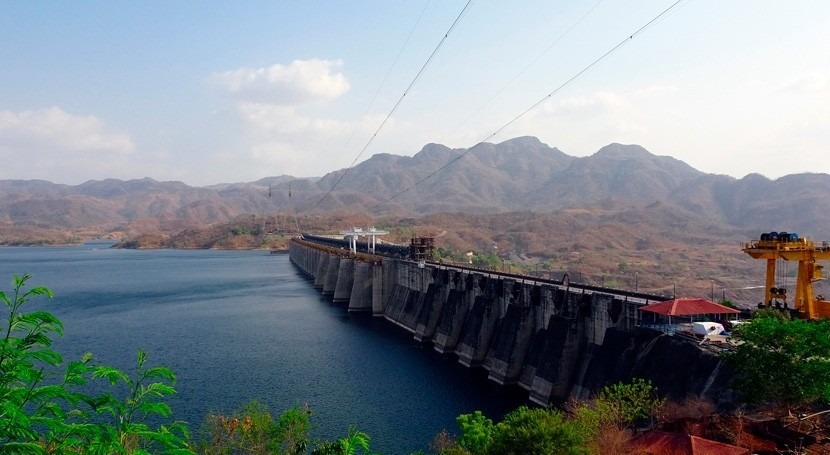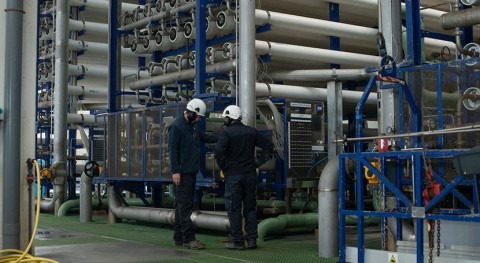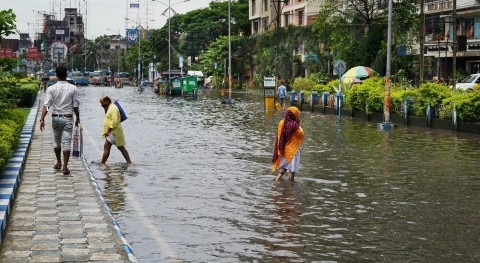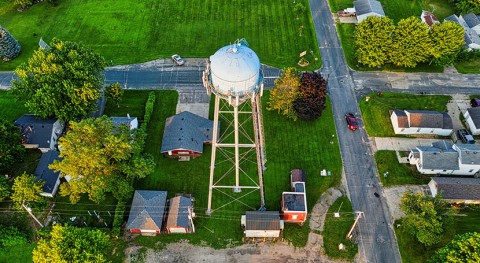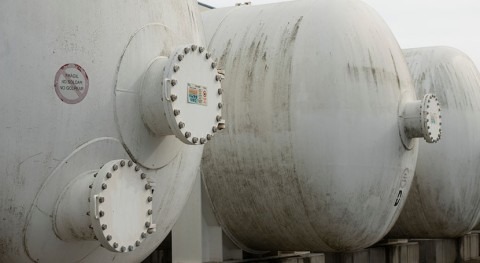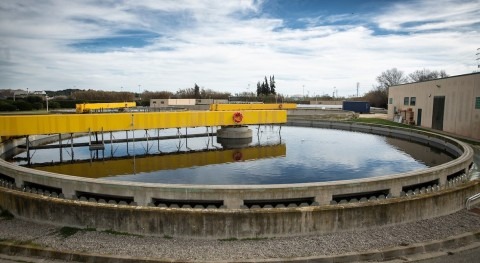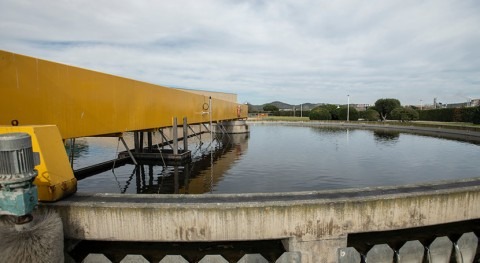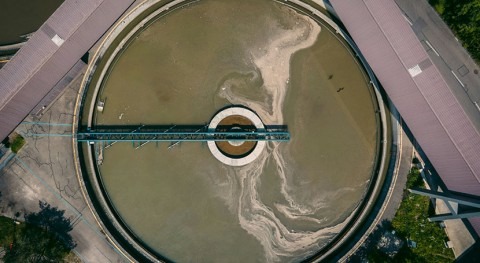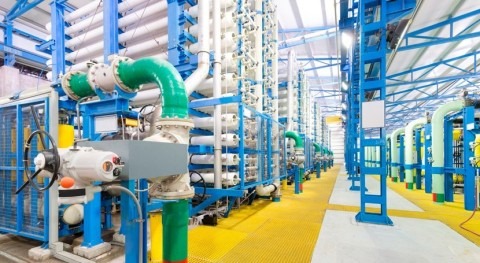Climate change could drive several changes in hydrology that could translate into potential risks to river ecosystems and river management, such as hydropower.
A new study published in the journal Water analyzes these threats. Using WWF's Water Risk Filter, researchers studied the risks of flooding and water scarcity in hydropower projects, and how these may change due to the effects of climate change. The research assesses existing (2,488 dams) and planned (3,700 dams) hydropower projects to establish a range of risks on a global scale.
Approximately 26% of existing hydropower dams and 23% of planned dams are located within river basins that are currently at medium to very high risk of water scarcity. In fact, 32% of existing dams and 20% of planned dams in the United States are projected to be at increased risk of water scarcity by 2050.
Hydropower, which provides approximately 16% of global electricity generation, remains the lowest carbon emitting source of electricity today. This makes risk assessment of this supply key to energy planning with less impact on nature and people.
Ensuring security in the face of climate effects
The study also indicates that future droughts could cause inconvenience to hydropower projects, especially in some regions of the United States that rely on hydropower, such as Montana, Texas, Nevada, Arizona and California. In fact, the study estimates that 61-74% of hydropower projects around the world will have reduced generation problems due to water scarcity.
However, despite the higher frequency of droughts in some regions of the world, other regions are also expected to have floods reaching higher peak discharges, increasing the risk of uncontrolled releases or even dam failures. An example of this is the flooding in Midland County, Michigan, which led to the collapse of two dams and losses of up to USD 200 million.
In order to ensure the safety of these infrastructures in the face of climate change, new dams may need to be planned to withstand floods larger than those in the current hydrological record, and existing dams may need to modify their rules to reduce the risk of major floods.
In addition, climate change will cause a range of river disturbances. The regions with the greatest amount of hydropower are among those with the highest levels of freshwater biodiversity and where people depend most directly on the ecosystem services of rivers, indicating the vital importance of managing the large environmental and social risks associated with hydropower expansion so that dam operators can meet new environmental and social challenges.


